History & Culture
Today, New Zealand’s plant life is widely admired and readily adopted as symbols of our identity and culture. But for many of the early European settlers first setting foot on New Zealand, the forest was viewed in a hostile, fearful manner. Exchanging manicured fields and rolling pastures for a land covered in dense, rugged, unfamiliar forest; it is not surprising that many were intimidated.
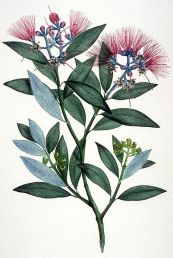
One tree however, quickly managed to charm itself into early settler society; the Pohutukawa. It’s showy blooms of crimson flowers coincided with Christmas preparations each year and soon became firmly entrenched in Christmas tradition. Branches of “Antipodean Holly” were used to decorate churches and houses and its status as “The New Zealand Christmas Tree” has been celebrated ever since.
Long before this, the tree attracted the fascination of Māori and has continually served as a source of cultural inspiration in legends and religious tradition. Stories tell of a young warrior named Tāwhaki who attempted a perilous journey to locate the heavens and request their help in avenging the death of his father. His cause was lost and he fell to earth, his spilt blood now seen among the red blossoms of the Pōhutukawa.
Te Rerenga Wairua
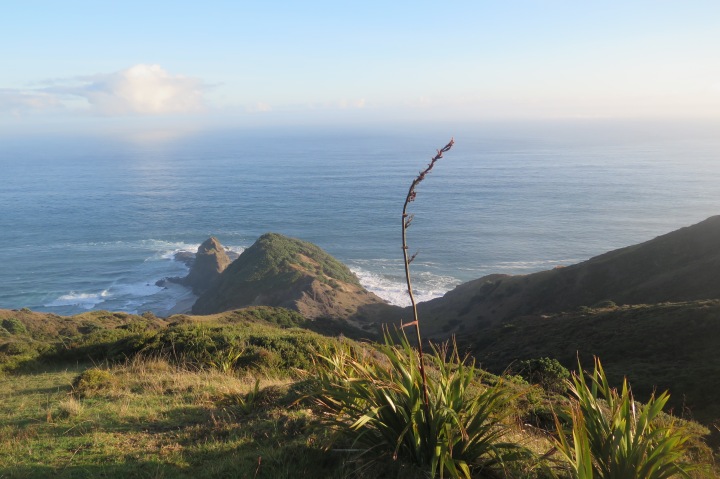
One tree in particular holds great significance for Māori. Located in Cape Reinga, the tree clings onto a rocky outcrop extending out into the ocean and is supposedly around 800 years old. In Māori mythology, the site marks the place where spirits of the dead leave New Zealand on their journey to the ancestral homeland of Hawaiki. The spirits descend down the roots of the tree underneath the sea and into the underworld (Rēinga) to begin the voyage.
An Invasive Weed
While it’s hardy pioneering nature has often endeared itself to those in the upper part of the north island, it is these very characteristics that cause it to be a source of frustration and anguish in other parts of the country and overseas. On the west coast of the south island the Department of Conservation lists Pōhutukawa as a medium priority weed due to its invasive nature and ability to displace other natives. In California, widespread planting of the trees in suburban lawns and gardens has caused extensive infrastructure damage as root systems destroyed sewer lines and pavements.
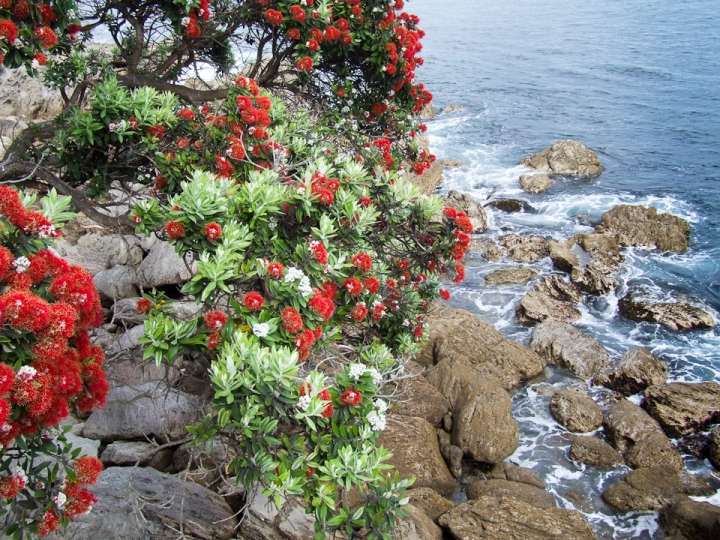
What does pōhutukawa mean?
The word pōhutukawa has many possible interpretations. One translation of the word is “splashed by the spray” a reference to the tree’s habitat on the coast where it can survive despite being lashed by the ocean and salty winds. It may also contain a reference to hutukawa – a feathered headress, as the captains of the Te Arawa Canoe were said to have foolishly cast away their prized headresses when they first saw pohutukawa blossoms, assuming they would no longer need them. In Rarotonga the word pō’utukavais used for plants with furry hairs under the leaves and perhaps the early Polynesians saw the resemblance with the furry leaves of the pōhutukawa.
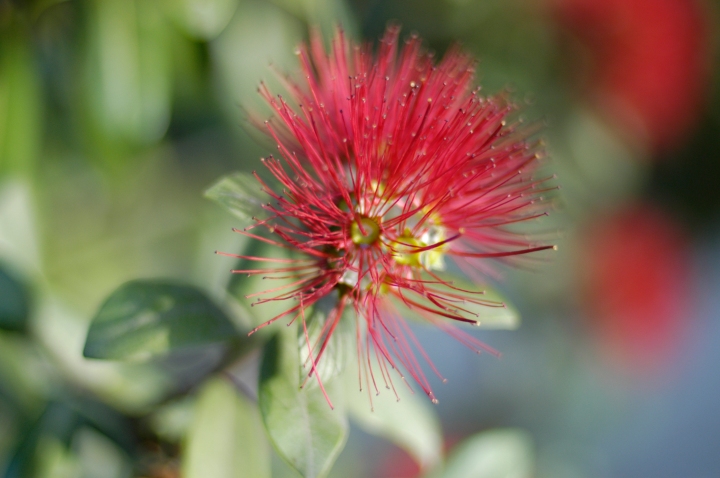
Pōhutukawa honey and other uses
The nectar from the flowers was collected by Māori and used in the treatment of sore throats. The honey made from this nectar is pale and sweet and honey produced from the pollen is white with a distinctive flavour. It has apparently caught the attention of Queen Elizabeth II, who it is said orders a batch of Pōhutukawa honey from Rangitoto Island every year.
Both Māori and Europeans used a decoction from the inner bark in the treatment of dysentery. Modern chemical analysis have validated this application – the bark being shown to contain ellagic acid which is used in diahorrea and dysentery treatments for its astringent properties. Museum artifacts show the wood was used by Māori in a variety of different ways – as paddles, fern root beaters, ketu1, kō2, teka3, wakahuia4, mauls, hammers, clubs and weapons. It also served as a timber tree for Europeans, with a swirly grained, dark-red wood that is very dense. It was prized by colonists as a fine source of firewood producing a strong hot flame and was used extensively by European ship builders for its natural bends and immunity to sea worms.
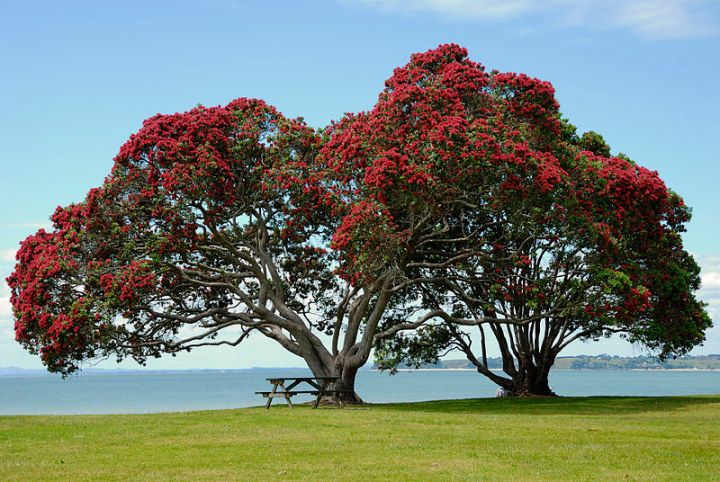
1 A tool for loosening the soil around kumara
2 A soil-loosening tool similar to a hoe
3 A foot-rest attached to the ko – lashed on with kiekie roots or supplejack vines
4 Containers for treasure
Related Post:


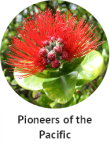
Neat stuff, looking forward to more.
LikeLike
Thanks for your comment – feel free to request a tree for the next post
LikeLike
This is the perfect site for everyone who wishes to find out about this topic.
You understand a whole lot its almost hard to argue with you (not tha I really would want to…HaHa).
You certainly put a brand new spi on a topic that has been written about for ages.
Wonderful stuff, just great!
LikeLike
Why do some spell it pohutukawa and others pohutakawa
LikeLike
Hi Cate,
I’m not familiar with the “pohutakawa” spelling.
There are dialectal differences between some Maori groups in New Zealand that can change the sound and spelling of words. But as far as I know “Pohutukawa” is pretty constant throughout New Zealand and is the only variant listed in the Maori Dictionary. https://maoridictionary.co.nz/
Hope that helps!
LikeLike
nice
LikeLike
Thank you for your insightful posts! Good information that integrates science and culture in a readable manner
LikeLiked by 1 person
Thats great feedback – thanks very much!
LikeLike